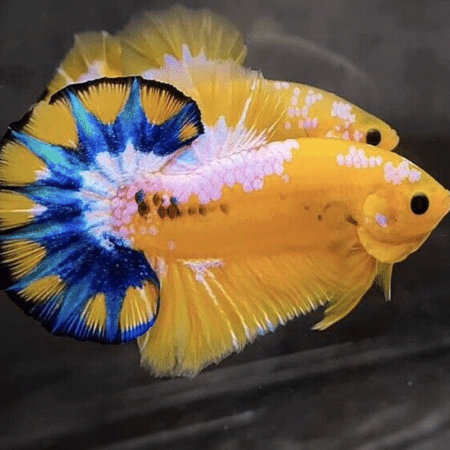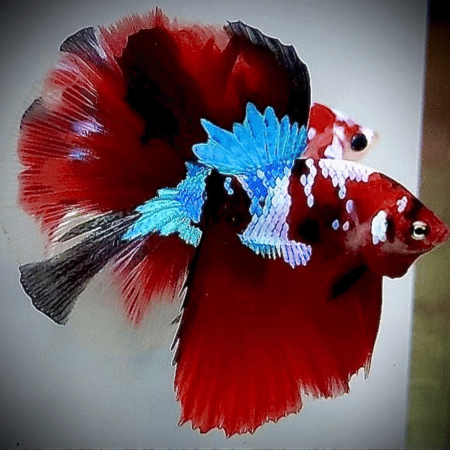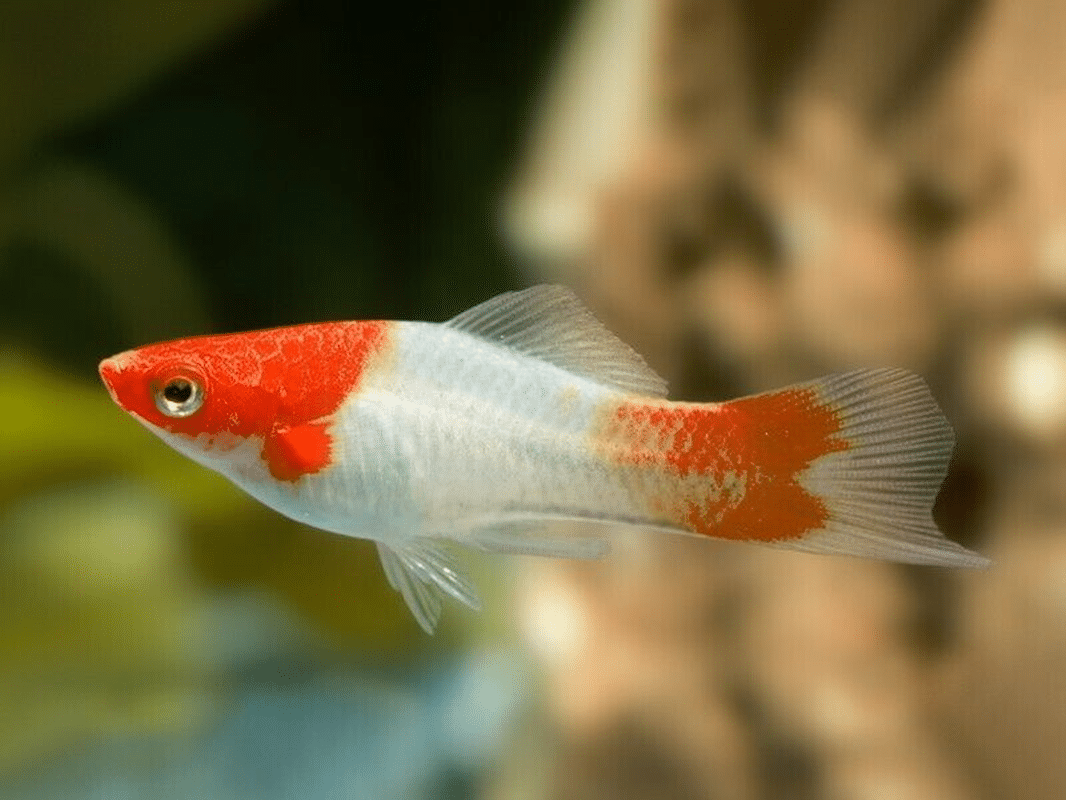-
×
-
×
-
×
-
×
Subtotal: £68.71

















Emily Carter (verified owner) –
I recently purchased the 10 X Red & White Swordtails, and I couldn’t be happier with my decision! These little beauties arrived healthy and vibrant, showcasing their stunning colors right out of the bag. It’s been two weeks since I added them to my community tank, and they’ve settled in beautifully, displaying such lively behavior.
One of the things I love most about these fish is their adaptability to different water conditions, which makes them perfect for both beginners and seasoned aquarists. I’ve been feeding them a balanced diet of high-quality flakes and live food, and they seem to thrive on it! The swordtails are not only visually appealing but also great for keeping the tank lively.
Compared to other livebearers I’ve had, these swordtails are much more social and interact with each other, creating a captivating display. The only minor concern is that they can be a bit nippy during feeding time, but this is typical behavior for many species.
I highly recommend these swordtails for anyone looking to add some color and activity to their freshwater aquarium. They truly bring joy and life to my tank, and I can’t wait to see them grow even more!
Emily Carter (verified owner) –
I recently purchased a set of 10 Red & White Swordtails, and I couldn’t be more thrilled! As an experienced hobbyist, I’ve had my fair share of freshwater fish, but these little beauties have truly captured my heart. They arrived healthy and vibrant, swimming energetically in their acclimation bag. After just one week in my tank, they’ve already settled in beautifully and are displaying their stunning colors. I’ve noticed that they interact playfully with my other tropical fish, which adds so much life to my aquarium.
What impressed me most was their adaptability; they thrive in a variety of water conditions and don’t seem to be picky eaters, which makes it easy to provide them with a balanced diet. I feed them high-quality fish food, and they eagerly gobble it up! Compared to other livebearers I’ve kept, these swordtails are far more active and social, making them a joy to watch.
One minor concern was that I did have to monitor their behavior closely for the first couple of days to ensure they settled in well, but that’s standard for any new addition. I’d highly recommend these swordtails for both beginners and seasoned aquarists looking to add a splash of color to their tanks. If you’re considering them, you won’t regret it!